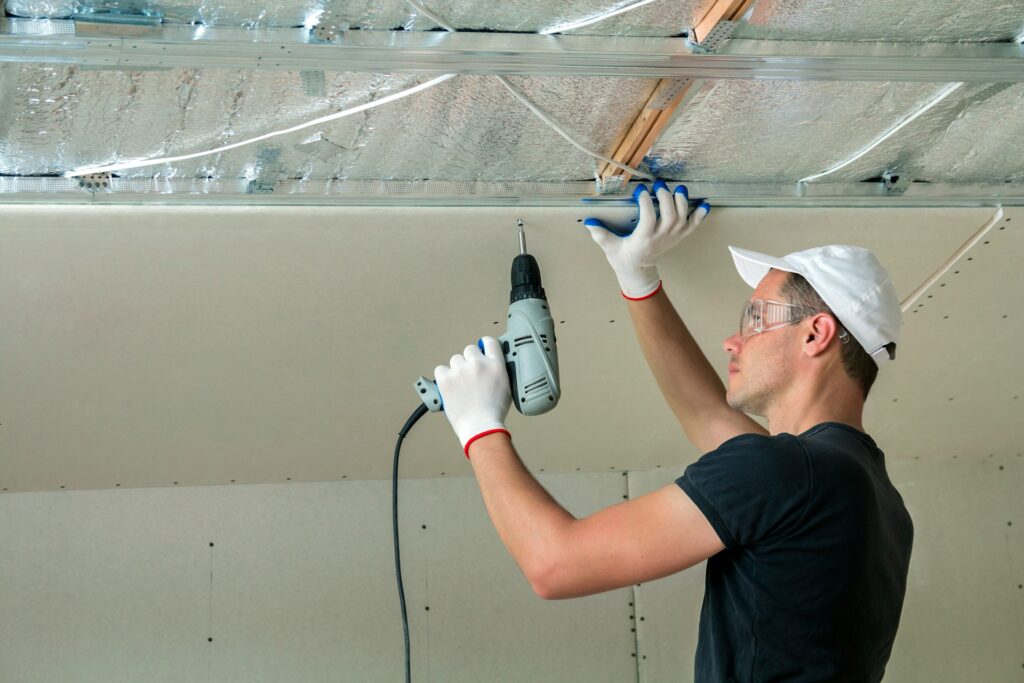As a premier provider of attic cleaning, insulation removal, air duct work replacement, and attic insulation services in the West Palm Beach and Palm Beach County areas, our mission is to transform our clients’ homes into comfortable, energy-efficient, and healthy living spaces. One crucial aspect of achieving this goal is ensuring proper attic insulation. The type of insulation you choose for your attic can significantly impact your home’s overall energy efficiency, indoor comfort, and air quality.
In this article, we will provide an in-depth look at the various attic insulation materials available in 2024, discuss their unique benefits, and offer guidance on selecting the best option for your home’s particular needs, comfort level, and energy efficiency goals. From batts and rolls to loose-fill and spray foam insulations, we’ll cover a range of materials suited for different attic configurations, climates, and budgets.
Insufficient or poorly installed attic insulation can lead to considerable energy loss, as heat escapes through the roof in the winter months and enters through it in the summer months. This forces your HVAC system to work harder to maintain comfortable temperatures, consequently leading to higher energy bills. By ensuring you have the right attic insulation for your home, you can optimize energy efficiency, indoor comfort, and air quality for years to come.
Batts and Rolls (Blanket Insulation)
Batts and rolls, or blanket insulation, are one of the most common types of attic insulation materials. Made from fiberglass, mineral wool, or natural fibers like cotton or sheep’s wool, these flexible, pre-cut materials are designed to fit snugly between framing members. Batts and rolls are suitable for attics with standard joist spacing and minimal obstructions.
Advantages:
1. Ease of Installation: Batts and rolls can be installed relatively quickly and easily by homeowners or insulation professionals.
2. Cost-Effective: As one of the more affordable insulation options, batts and rolls provide energy efficiency without breaking the bank.
3. Sound Absorption: These insulation materials are effective at reducing noise transmission between rooms and floors.
Loose-Fill Insulation (Blown-In Insulation)
Loose-fill insulation, also known as blown-in insulation, is another popular choice for attic insulation. This material comprises small particles of fiber, foam, or other materials, like cellulose, fiberglass, or mineral wool. Loose-fill insulation is blown into the attic using a specialized machine, allowing it to conform to virtually any attic configuration.
Advantages:
1. Flexibility: Loose-fill insulation accommodates oddly shaped attics or areas with obstructions with ease.
2. Energy Efficiency: When installed correctly, this insulation type provides a high level of energy efficiency.
3. Reduced Air Leakage: Blown-in insulation effectively seals gaps in the attic, minimizing air leakage and improving energy performance.
Spray Foam Insulation
Spray foam insulation is a two-component liquid material that expands when applied, creating a continuous, seamless air and vapor barrier. There are two types of spray foam insulation available: open-cell and closed-cell. Open-cell spray foam is lighter and less dense, making it more flexible, while closed-cell spray foam is denser, providing more structural rigidity and higher R-values (thermal resistance).
Advantages:
1. Superior Air Sealing: Spray foam insulation creates an airtight seal, making it effective at preventing air leakage and enhancing energy efficiency.
2. Higher R-Values: With its higher R-values, especially with closed-cell spray foam, this insulation type is excellent for maintaining consistent indoor temperatures.
3. Moisture Resistance: Closed-cell spray foam resists moisture penetration, reducing the risk of mold and mildew in the attic.
Rigid Foam Insulation
Rigid foam insulation, also known as foam board, is made from panels of rigid foam materials like polyisocyanurate, extruded polystyrene, or expanded polystyrene. This type of insulation can be used on attic floors or attached directly to the attic rafters, providing exceptional thermal performance without taking up much space.
Advantages:
1. High R-Values: Rigid foam insulation offers high R-values per inch of material, improving energy efficiency.
2. Moisture Resistance: The material’s closed-cell structure prevents moisture infiltration and reduces the risk of mold growth.
3. Space-Saving: Rigid foam insulation requires less space to achieve desired R-values, making it an attractive option for homes with limited attic space.
Choosing the Right Attic Insulation Material for Your Home
Selecting the ideal attic insulation material depends on various factors, including:
1. Your Home’s Climate: Consider the temperature fluctuations and weather conditions in your area to determine the most suitable insulation material.
2. Energy Efficiency Goals: Assess your home’s energy usage and desired energy efficiency levels before selecting an insulation type.
3. Budget: Evaluate your insulation budget and choose a material that provides the best balance between cost and performance.
4. Installation Requirements: Some insulation materials require professional installation, while others can be installed by homeowners with proper knowledge and tools. Consider the installation requirements of each material before deciding.
Invest in Optimal Comfort and Energy Efficiency
Choosing the right attic insulation material can significantly impact your home’s energy efficiency, indoor comfort, and air quality. By understanding the various options available, their advantages, and factors to consider when choosing insulation, you can make well-informed decisions to optimize your home’s performance and comfort.
If you’re unsure about the best attic insulation material for your home or require professional guidance, don’t hesitate to reach out to All Thermo to schedule an assessment. Our team of experts is here to help you make the right choice for your home’s unique needs, ensuring year-round comfort and energy efficiency in 2024 and beyond.

